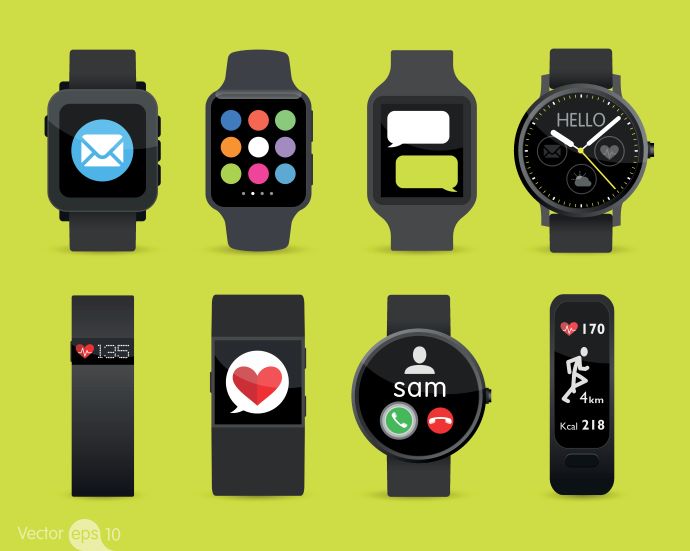Researchers Develop Wearable Belt Prototype to Track Heart Failure
A recent study describes how a wearable belt prototype developed by Florida-based researchers continuously tracks heart failure indicators such as electrocardiogram, heart rate, and motion.

Source: Getty Images
- To reduce the prevalence of cardiovascular disease, a recent study from Florida Atlantic University (FAU) described the development of a prototype of a belt device worn around the waist that uses sensors to continuously monitor various heart failure indicators.
According to the American Heart Association, there are 6.2 million adults in the US with heart failure. This number is expected to increase to 8 million come 2030.
Currently, the two available heart failure monitoring systems are costly and can pose risks, the press release states. Further, half of heart failure patients do not require an implantable device, nor do they qualify for the thoracic monitoring that these devices deliver. Thus, researchers set out to create a non-invasive solution to monitor heart failure progression.
Developed in collaboration with the FAU Christine E. Lynn College of Nursing, researchers from the FAU College of Engineering and Computer Science have produced a prototype of the device.
Designed to continuously monitor all physiological parameters associated with heart failure, the prototype consists of a belt that monitors thoracic impedance, electrocardiogram (ECG), heart rate, and motion.
After testing the device in different activity conditions, such as sitting, standing, and walking, researchers noted that the sensors embedded in the belt could track changes in the parameters. The researchers published their findings in Scientific Reports.
“All of the sensors we integrated into our belt module can easily be worn for a long period of time without affecting the patient’s daily activities,” said Waseem Asghar, PhD, senior author of the study and an associate professor in FAU’s Department of Electrical Engineering and Computer Science, in a press release. “Importantly, continuous and real-time monitoring of heart failure symptoms could alert patients and their health care providers of the patient’s declining health. In turn, health care providers could intervene with medications to avoid patient hospitalization.”
Researchers noted other benefits of the device, such as the accuracy of the heart rate sensor and its ability to highlight minute changes in thoracic impedance. The positive results of the study also led them to test the device among diverse populations to develop an algorithm predicting heart failure.
“Approximately 1 in 4 patients with heart failure are readmitted within 30 days of discharge from the hospital and about half are readmitted within six months,” said Mary Ann Leavitt, PhD, study co-author and an assistant professor in FAU’s Christine E. Lynn College of Nursing, in the press release. “Health care wearable devices such as the prototype we have developed have the potential to decrease hospital readmissions in a cost-effective way that also is safe and convenient for the wearer.”
Similarly, in December, researchers from the University of Missouri created breathable material that uses an ECG and a seismocardiogram (SCG) to measure heart signals. The ECG measures the heart's electrical signal, while the SCG measures heart vibrations.
The material supports the researchers' ongoing development of a multifunctional, wearable heart monitor. The research team is using a $2.6 million grant from the National Institutes of Health to fund the development.
